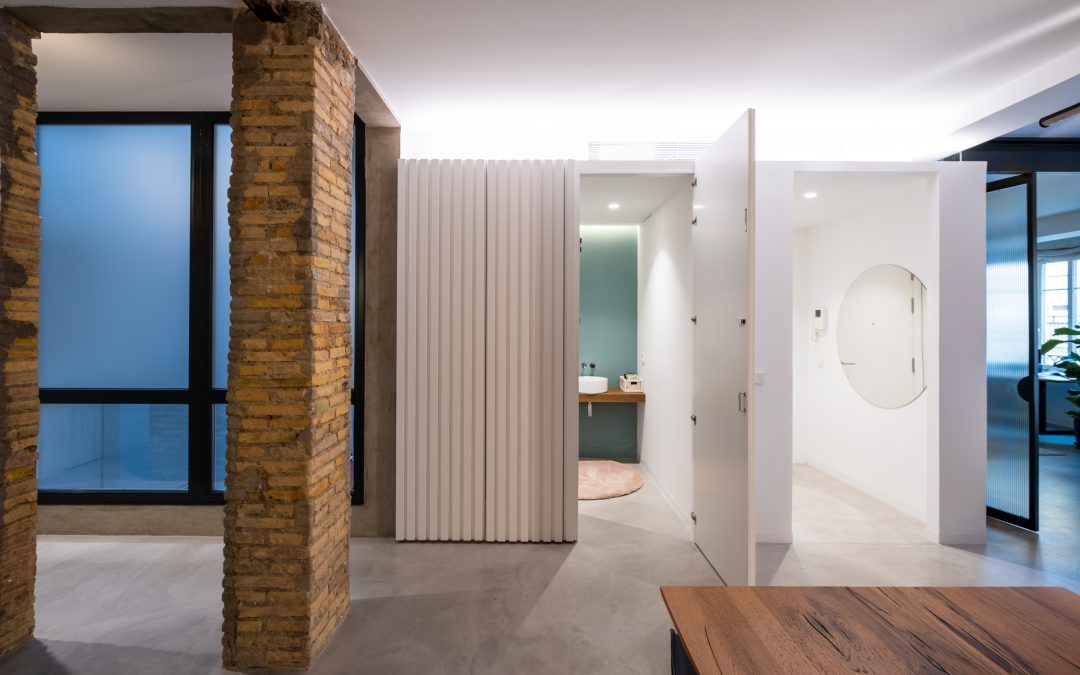Home renovation, From Miami with Loft, Zaragoza, Cronotopos.
To reform means to make modifications to a thing in order to improve it. When we think of renovating a house to turn it into our home, we surely think of multiple designs and materials to use. But is it necessary to start from scratch in a refurbishment as if it were a blank canvas?
“Is it necessary to start from scratch in a reform as if it were a blank canvas?
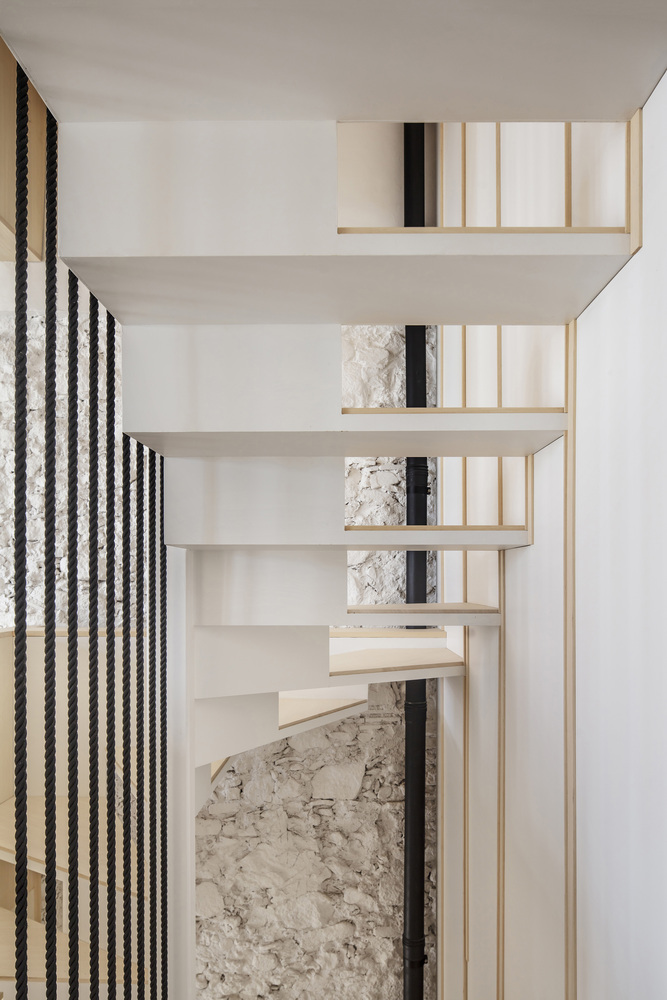
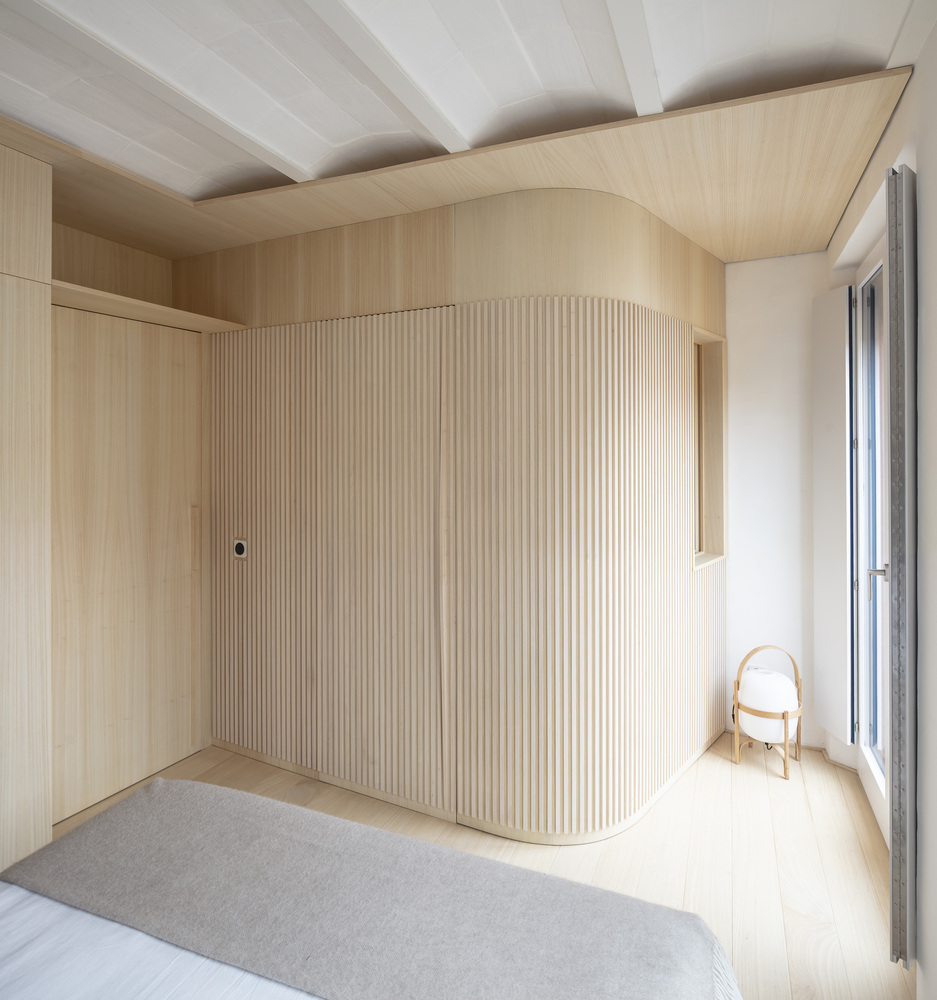
We live in an era in which we are fortunately becoming more and more aware of the environmental impact that we produce to manufacture everything from a piece of clothing to a house. To mitigate such consumption, the “3Rs” principle is promoted: reduce, reuse and recycle.
Is it possible to carry out such an approach when planning the renovation of the house of our dreams?
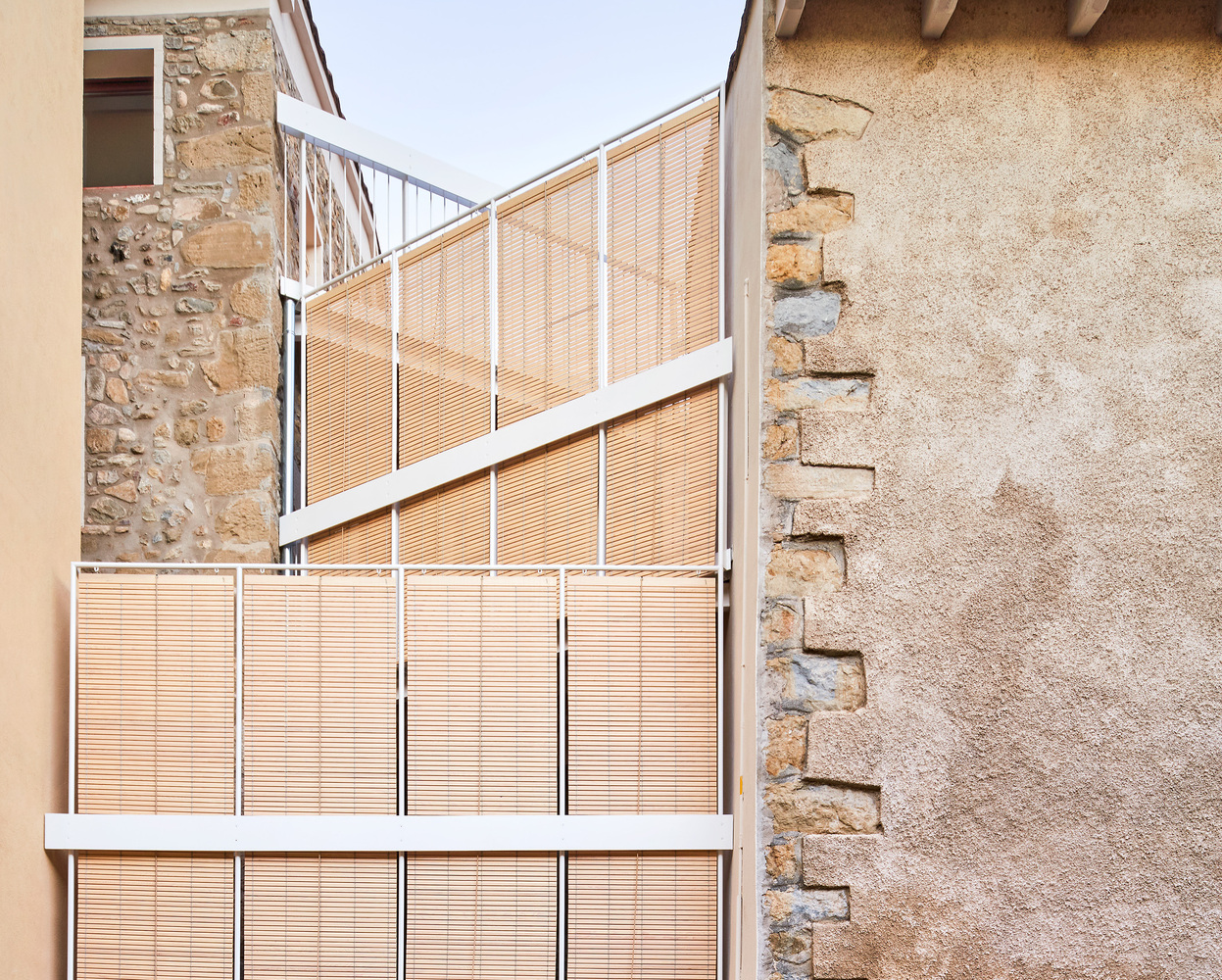
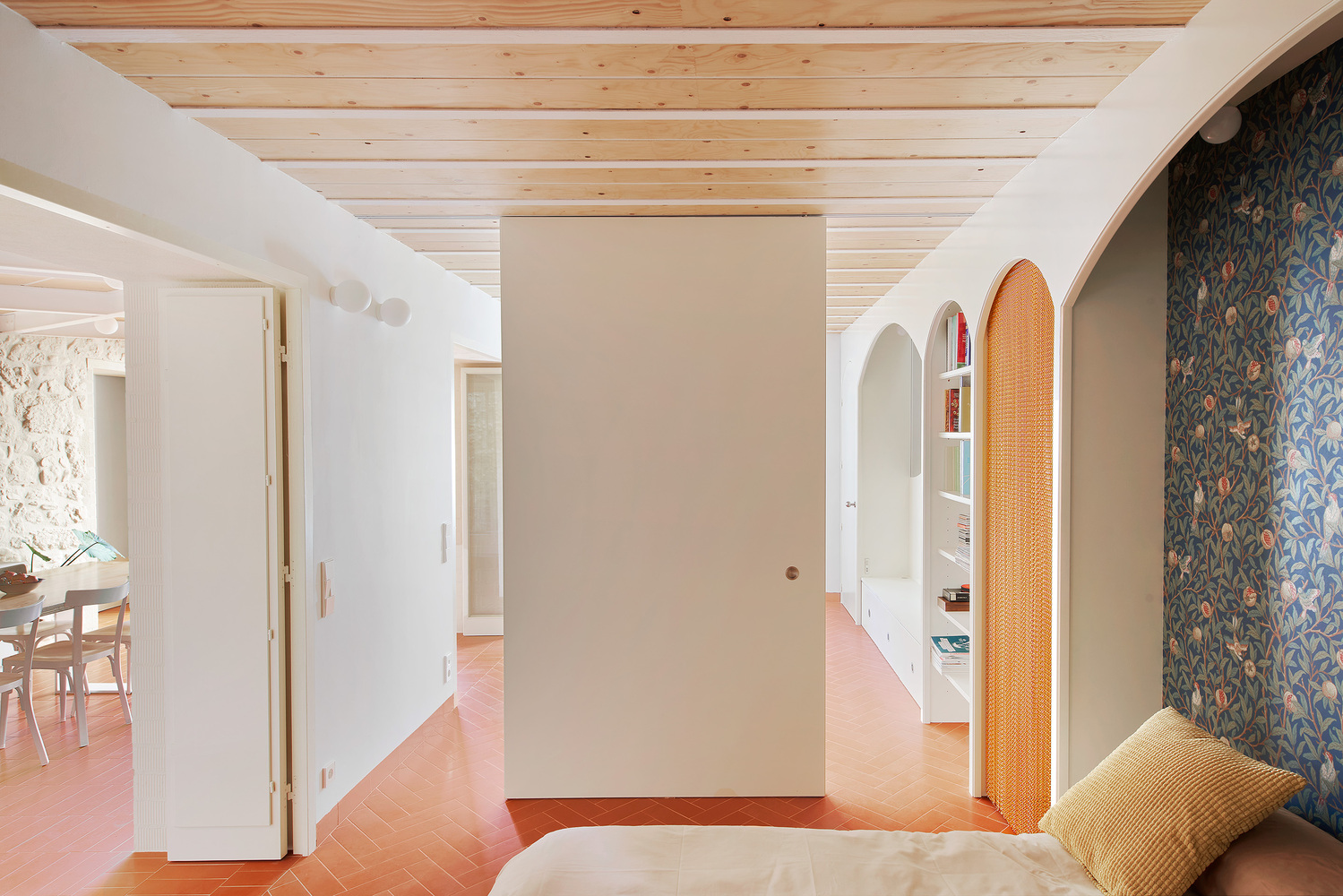
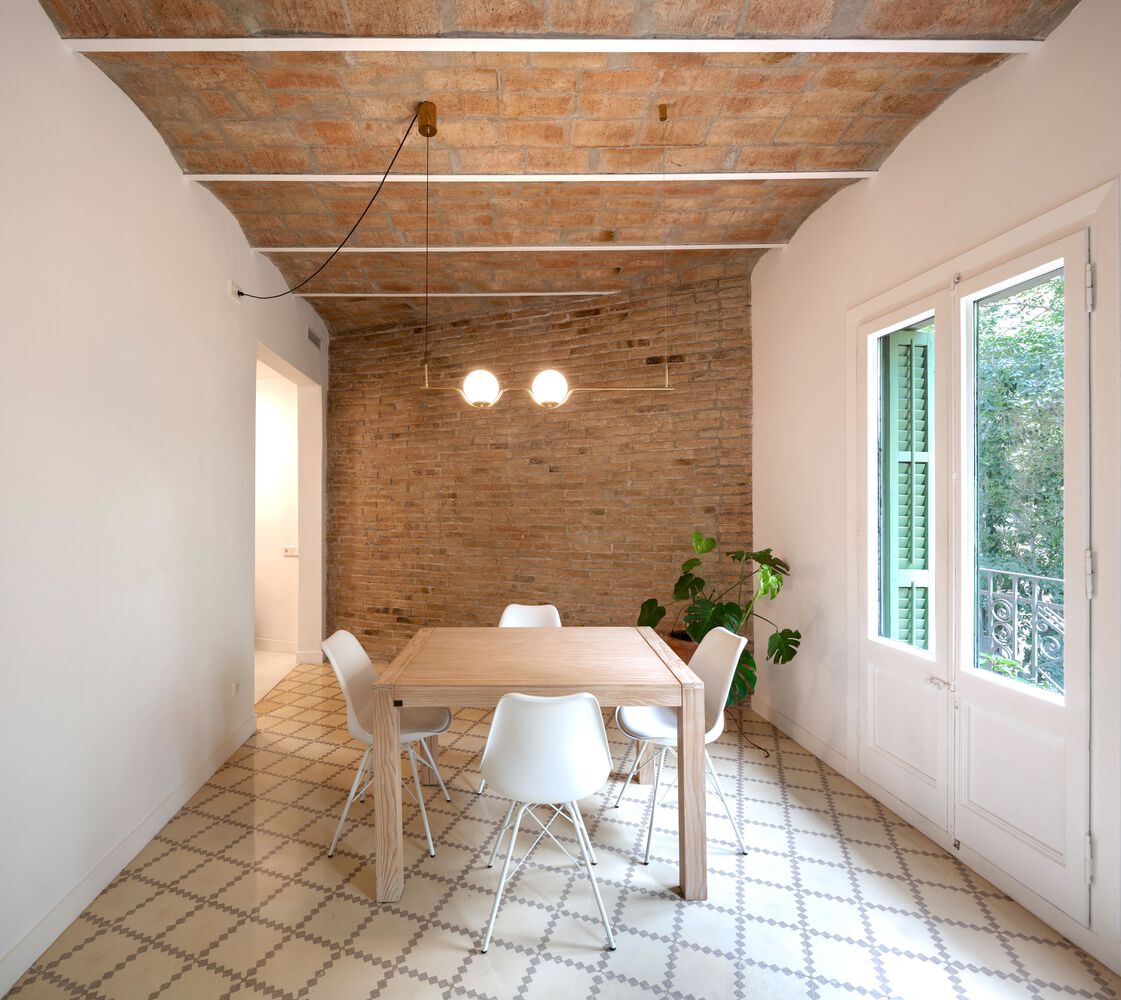
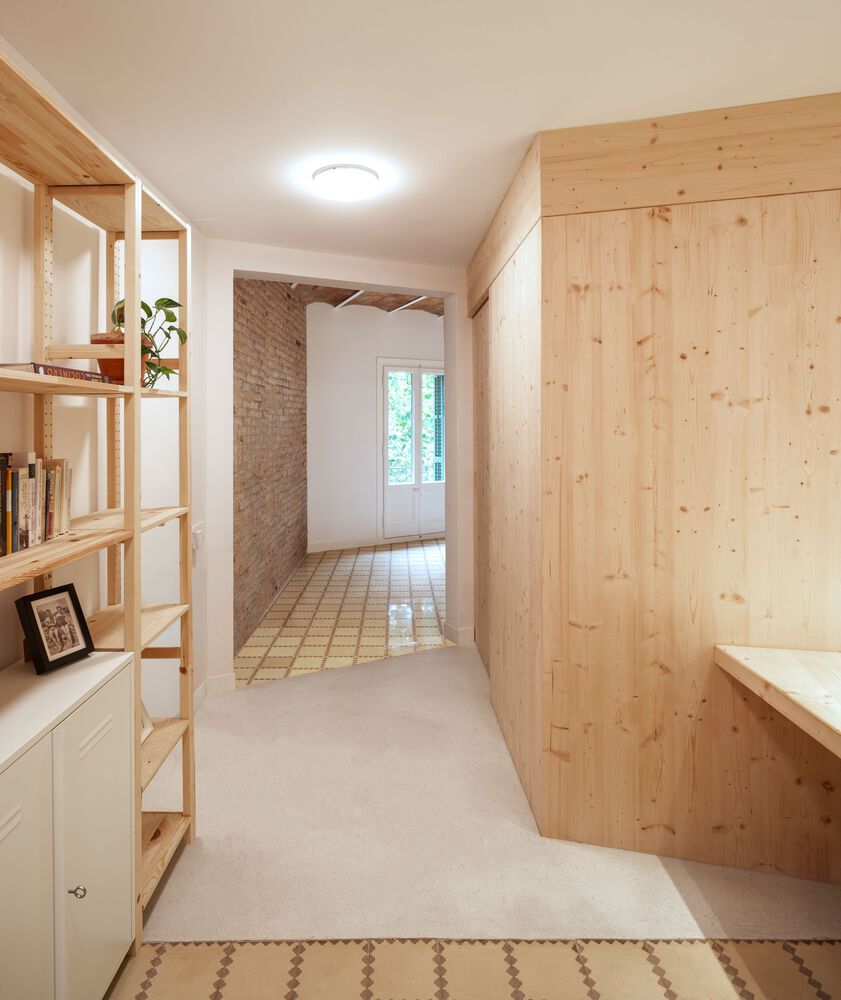
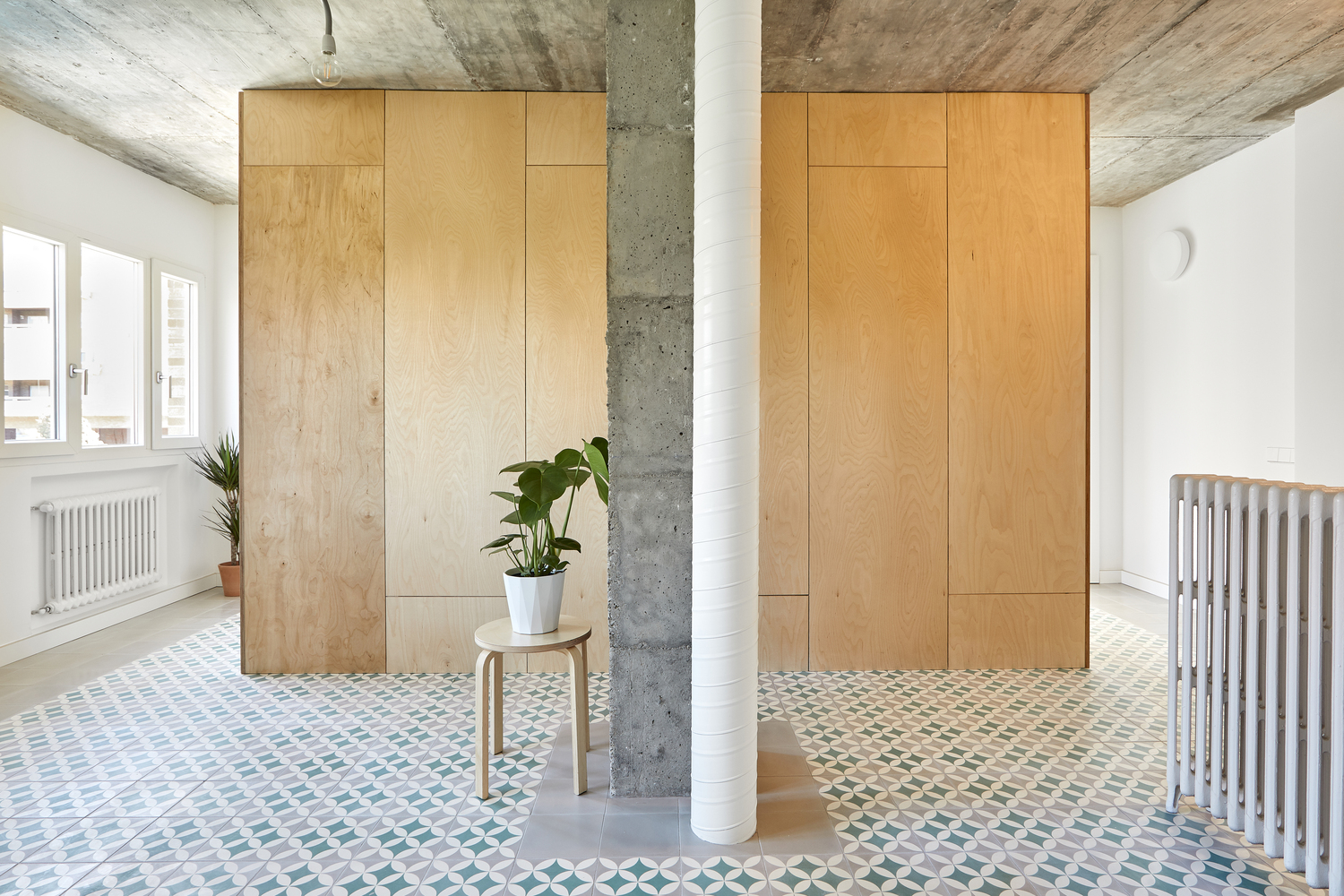
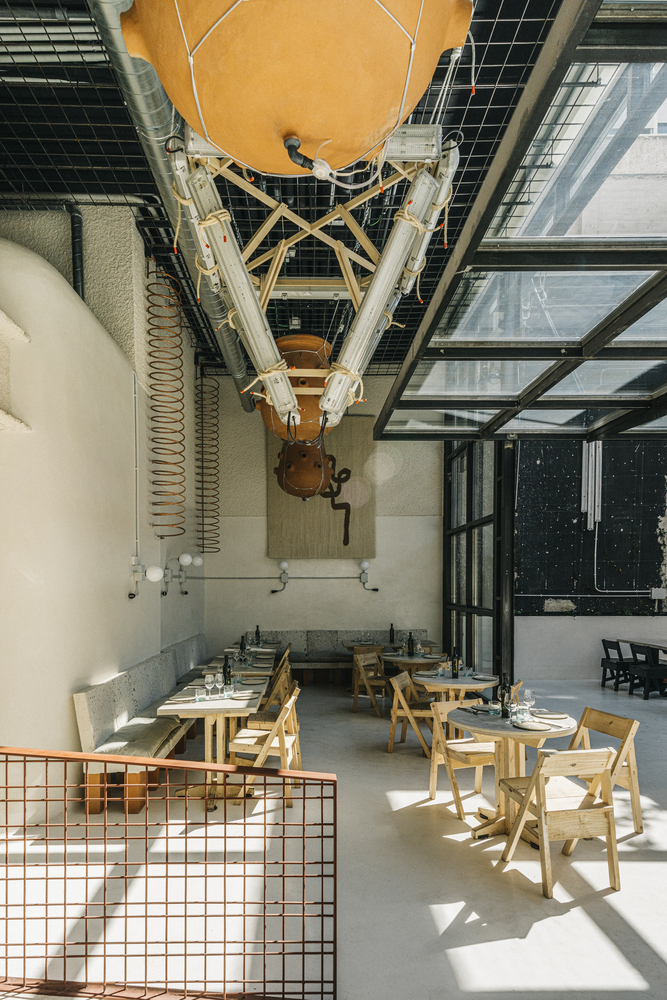
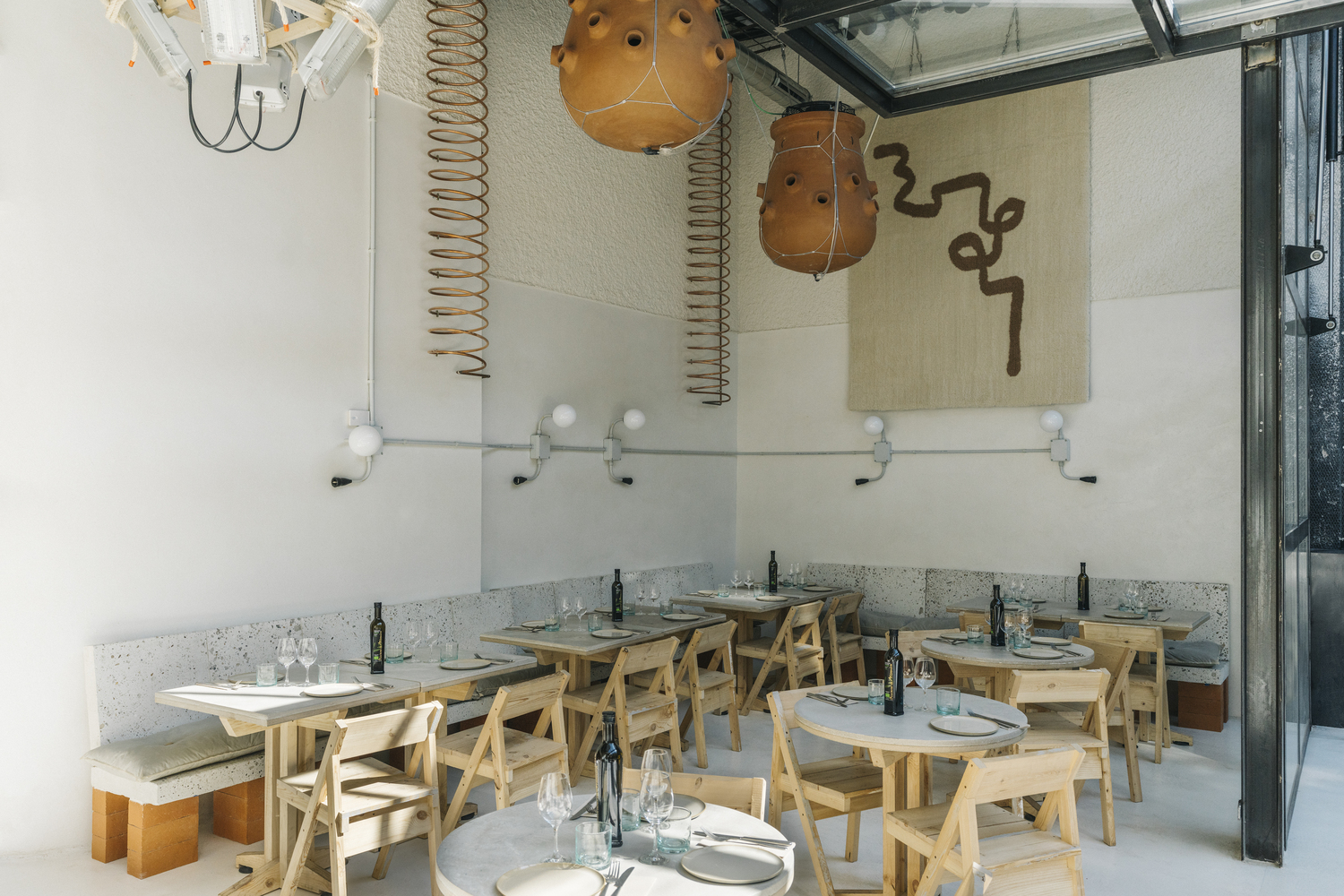
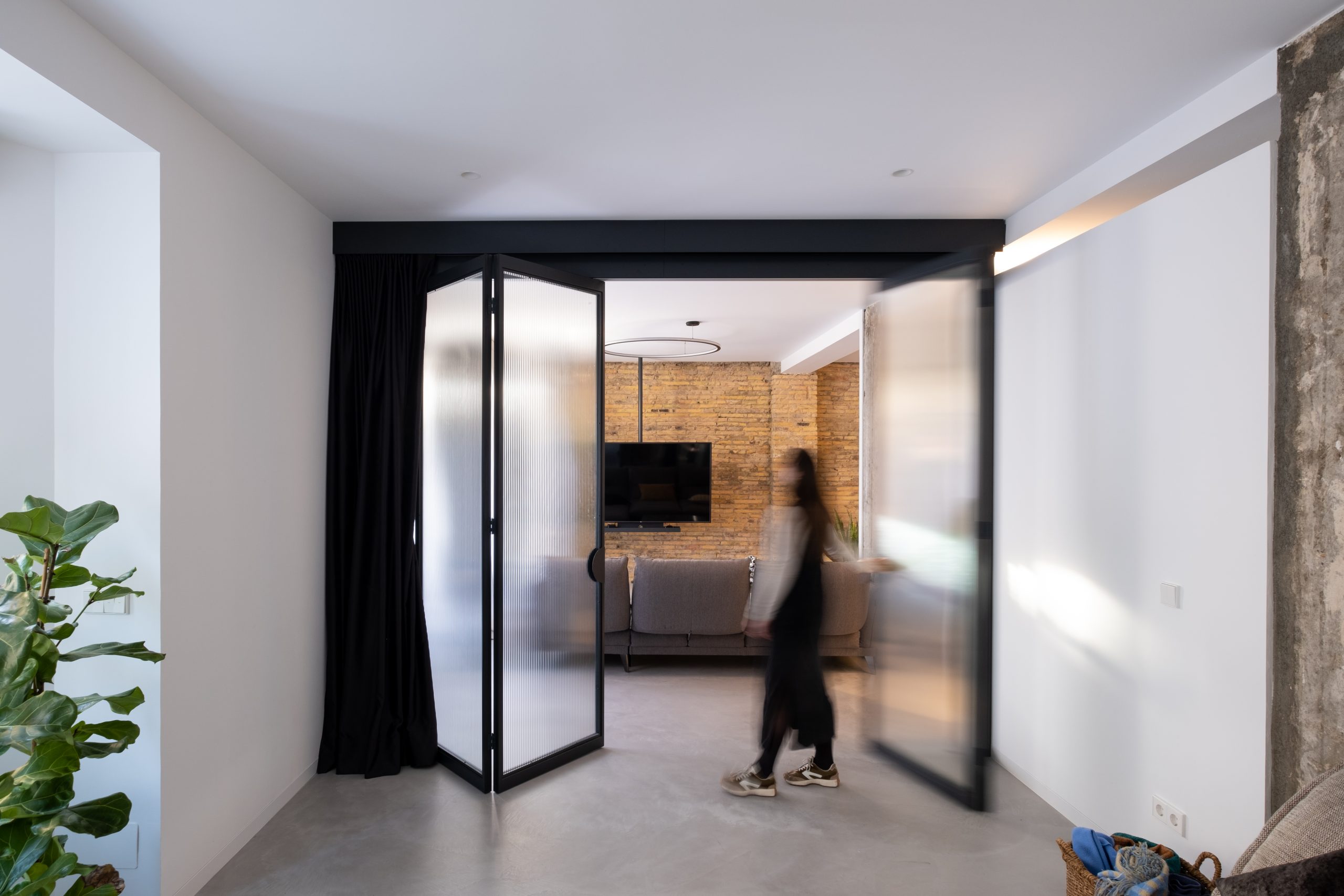
Written by
Ana Moreno Bueno
published by
Cronotopos

